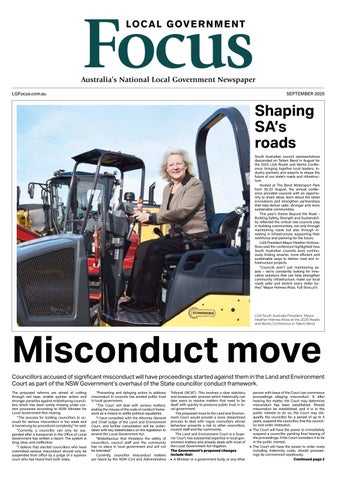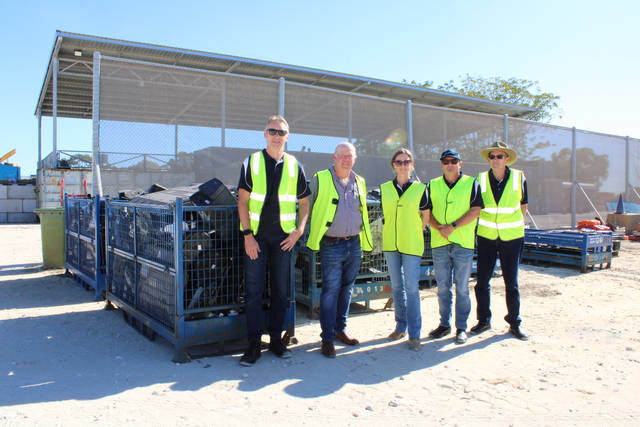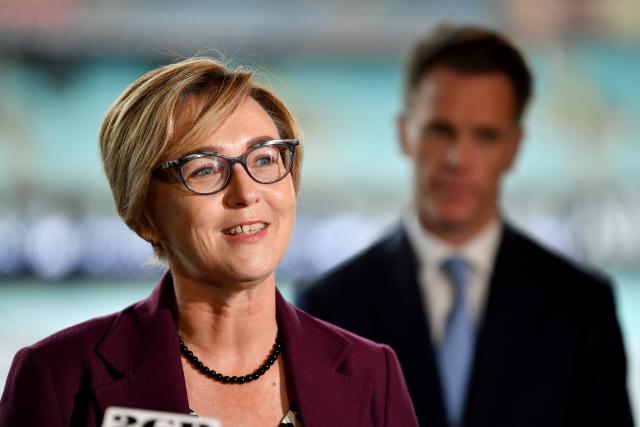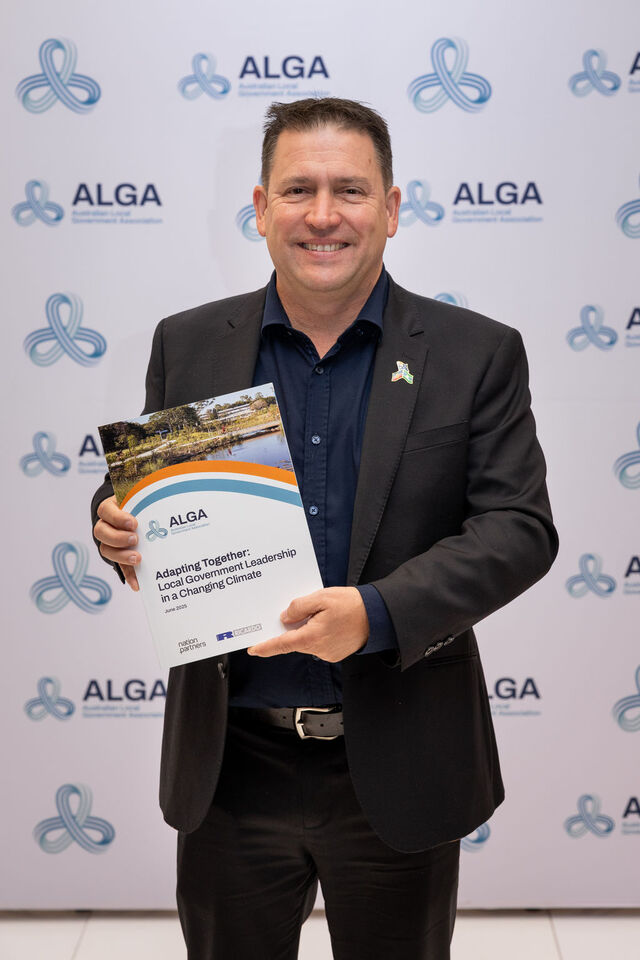The UK Experience by Malcolm Morley *
Central Government’s growth agenda means that Councils are facing pressures for development from many directions. They are also often facing pressure from their local communities to limit or prevent growth. This provides a complex dynamic for UK Councillors with Council elections in this month. While Central Government is determined that growth is sustainable in terms of the environment, proximity to employment and community infrastructure, inevitably it will mean that green fields will be built on.
Cities, towns and villages will be extended; schools, roads and other infrastructure will have to be built. While there is an emphasis on developing on previously developed sites, in many areas growth will mean that open space is lost. This poses a number of challenges for Councils. Councils have adopted sustainable planning policies and seek to ensure that development is controlled and within a sustainable framework.
It is likely, however, that areas previously identified by Councils as not suitable for development may have to be reconsidered.
The Council areas affected by Central Government’s growth proposals range in size from very small, largely rural areas to very large urban areas. Councils similarly range in size from very small to very large. All, however, have to deal with the same issues. This creates significant pressures in terms of corporate capacity. Small Councils do not have the specialist staff and resources to enable them to deal with such huge issues that can fundamentally affect the very nature of their areas.
In recognition of this capacity issue Councils are trying to work together to share resources and to jointly commission consultants to carry out sustainability studies of their areas. Studies covering environmental/landscape sensitivity, regeneration, economic development, transport and housing are being carried out to create an agreed understanding of the sustainable growth potential of different areas.
Central Government has also commissioned its own studies to identify potential areas of growth, the implications of that growth on sustainability and the investment requirements to achieve growth.
As momentum gathers for the delivery of growth, the crunch will come when Central Government decides on its favoured options for growth. At this point there could be significant differences between Central Government and Councils. There could also be significant differences between Councils, particularly where more growth is proposed for one Council area rather than its neighbour.
The evaluation of sustainability is further complicated by the evolving Central Government policy that a significant proportion of the investment required for the provision of physical and community infrastructure, including social housing, should be generated by the development that takes place. This creates its own pressure for significant amounts of development to be achieved to create the economic viability necessary to generate the money required for investment in infrastructure. Councils are under pressure. Growth is a reality that has to be addressed. It is stretching the corporate capacity of many Councils to the full and will really test the ability of UK Councils to work together.
The price of failure to respond effectively to the growth challenge, however, is that decisions about growth could be taken by organisations specially created by Central Government which will have their own planning powers. While such organisations, such as Urban Development Corporations, would have Council representation on their boards they would be separate from Councils. Councils would be only one stakeholder among several.
* Malcolm Morley is Chief Executive of Harlow District Council and can be contacted via the Editor, email info@lgfocus.com.au
The views expressed in this article are not necessarily those of his employer.







